A rare occurrence: Magritte is coming to Frankfurt on a large scale. Curator Martina Weinhart visited him in advance at the Centre Pompidou in Paris.
Magritte is as familiar to us as his disconcerting images are alien. His unusual pictorial ideas are so widespread today that you can find segments of them as reenactments in fashion magazines just as you find the individual motifs on mugs, umbrellas or cushions. In contrast to this insane presence, which extends to notebooks and calendars too, larger-scale exhibitions incorporating many of his works are nevertheless extremely hard to come by. And it’s no wonder, because they are some of the most sought-after and coveted in the museum world. The amassing of loans can easily become a genuinely never-ending task here.
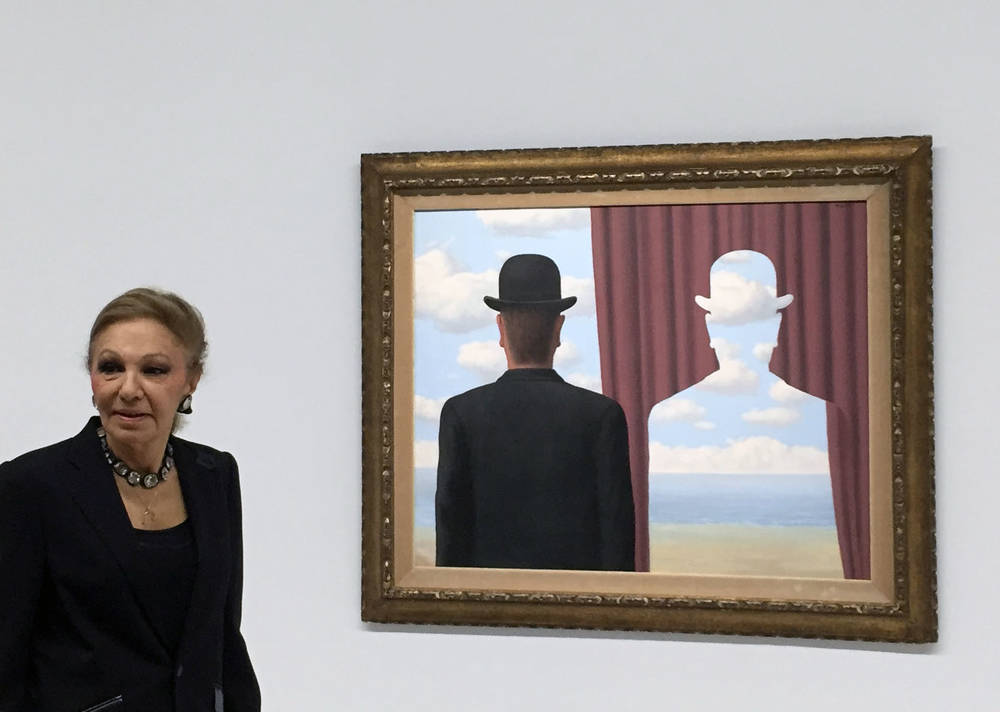
It’s hard to believe, but it was actually 20 long years ago that Magritte was last seen on a larger scale within Germany – back then it was at Kunstsammlung NRW in Düsseldorf in dialog with conceptual artists such as Brodthaers, Sturtevant, Bloom, Kosuth and Gober. Here at the SCHIRN, we have had the honor once: Back in 2008 we exhibited Magritte’s “periode vache”, the images he painted in the “Bad Painting” style with the aim of provoking the “snobbish” Parisian Surrealists surrounding André Breton. Nevertheless, these were unusual pictures for Magritte, and we would have to wait another ten years for the real “Magrittean”, the typical Magritte.
Thinking in pictures
This typical Magritte will soon be on display for all to see in Frankfurt, but this time viewed from a perspective that highlights unexpected aspects to us. “Magritte worked for his whole life to give painting the same significance as words. He wanted to show that you can think in pictures”, explains the curator Didier Ottinger, who came up with the exhibition concept “Magritte. The Treachery of Images” for the Centre Pompidou. In February the SCHIRN will be hosting the same exhibition in a slightly different form.
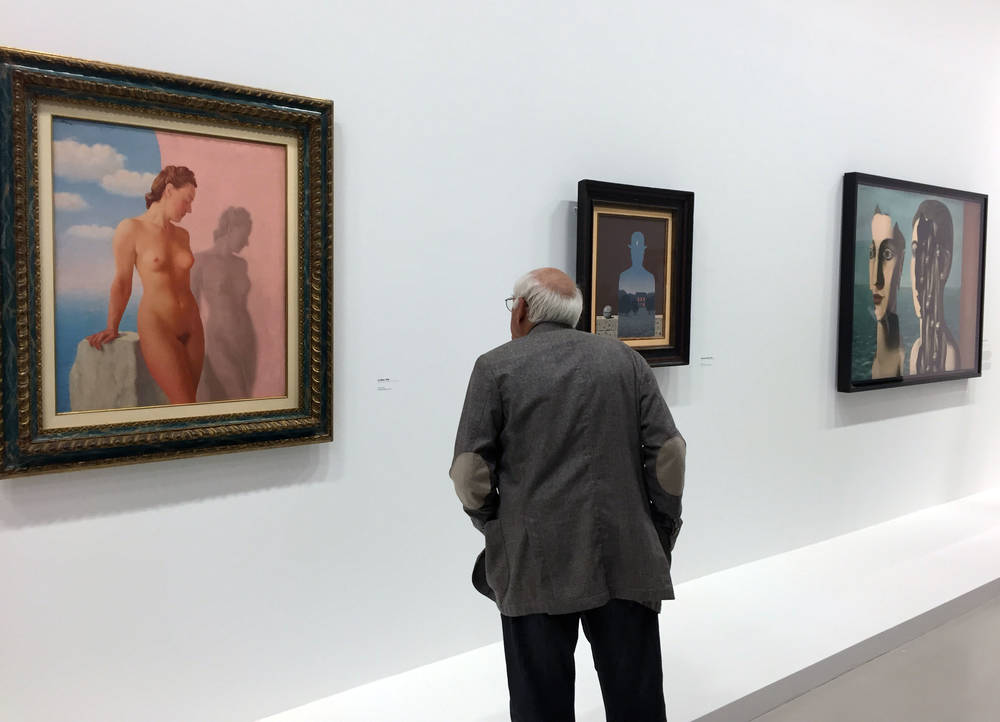
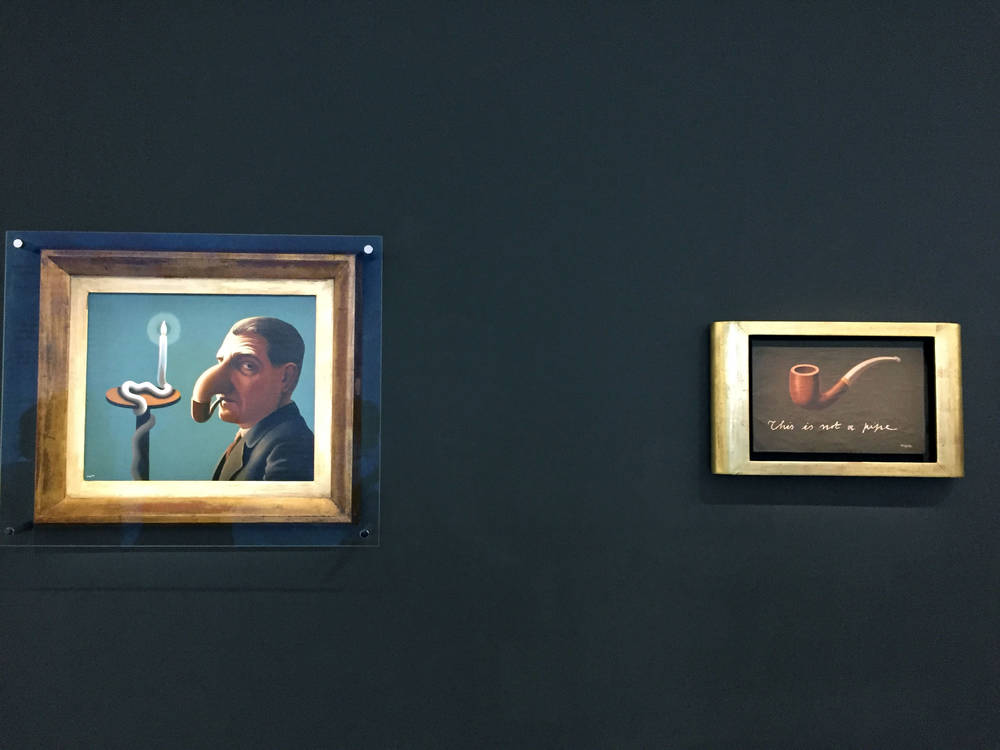
It shows Magritte as an artist of “Surrealism under the blazing sun”, which is subject to fewer of the classic methods of Surrealism such as dreams and chance. And the bright daylight illuminates René Magritte as a thinker who maintained a dialog with philosophers with whom he debated the problematic issues of his art. These included none other than the great French post-structuralist Michel Foucault. It was after an exchange of letters with Magritte that he composed the essay “Ceci n’est pas une pipe” – “This is not a pipe”.
This is not a retrospective
The Magritte exhibition at the Centre Pompidou has just opened. We have waited a long time, but now we only have until February before the works go on display in Frankfurt. You can already read about it in the media, which report, true to Magritte’s dictum “Ceci n’est pas une pipe” – “This is not a pipe”, that “Ceci n’est pas un surrealist” or indeed “Ceci n’est pas un retrospective”.
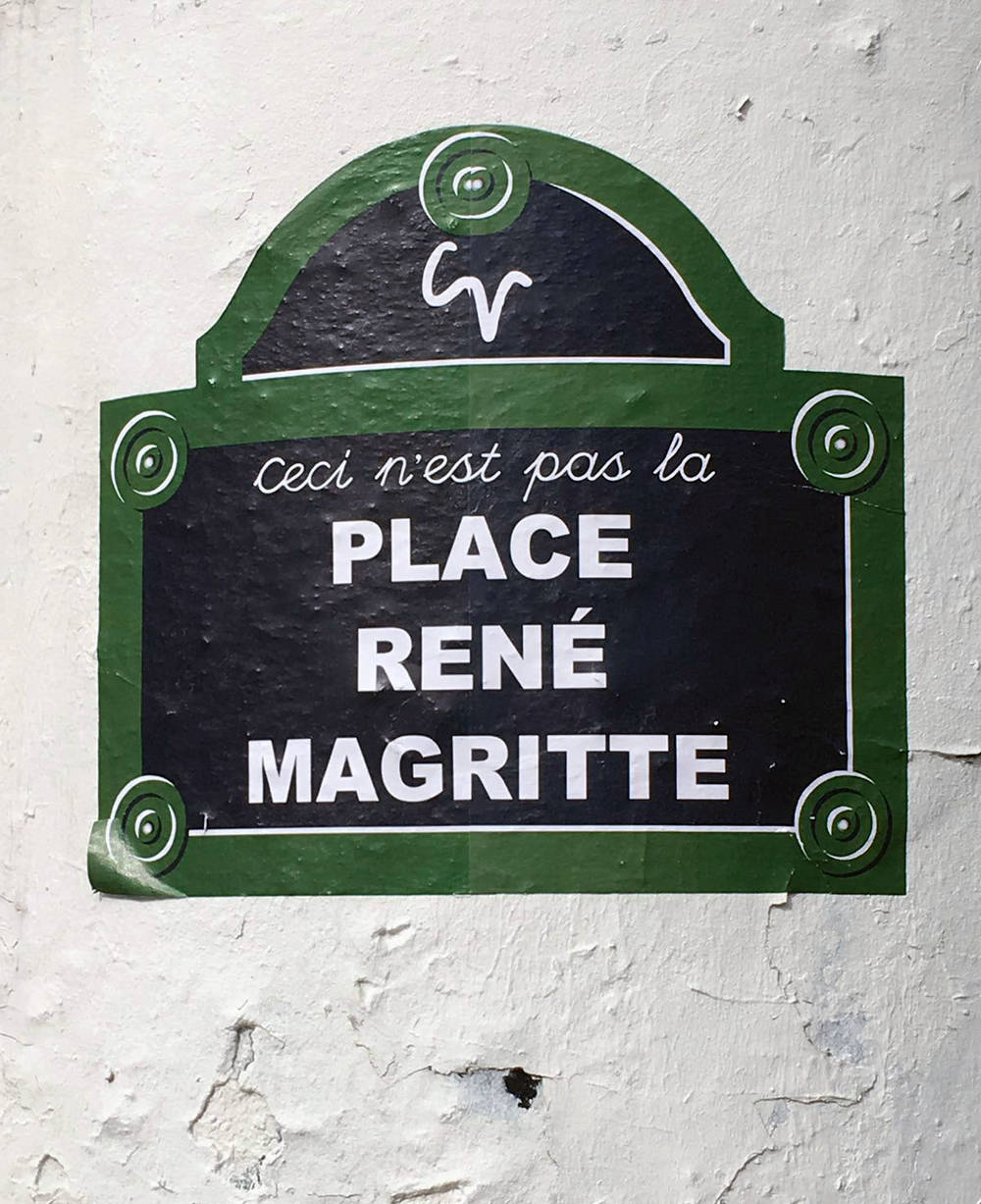
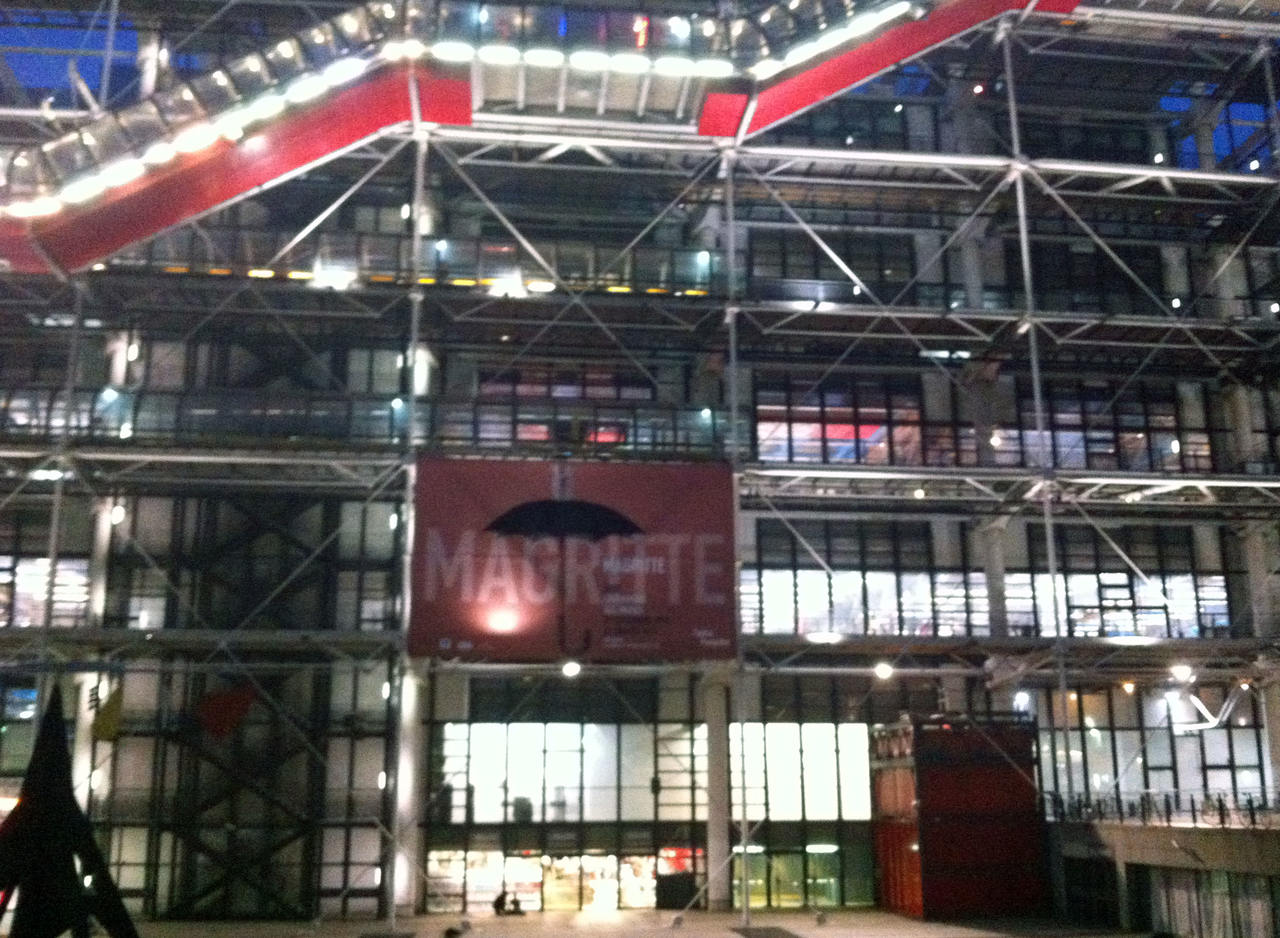
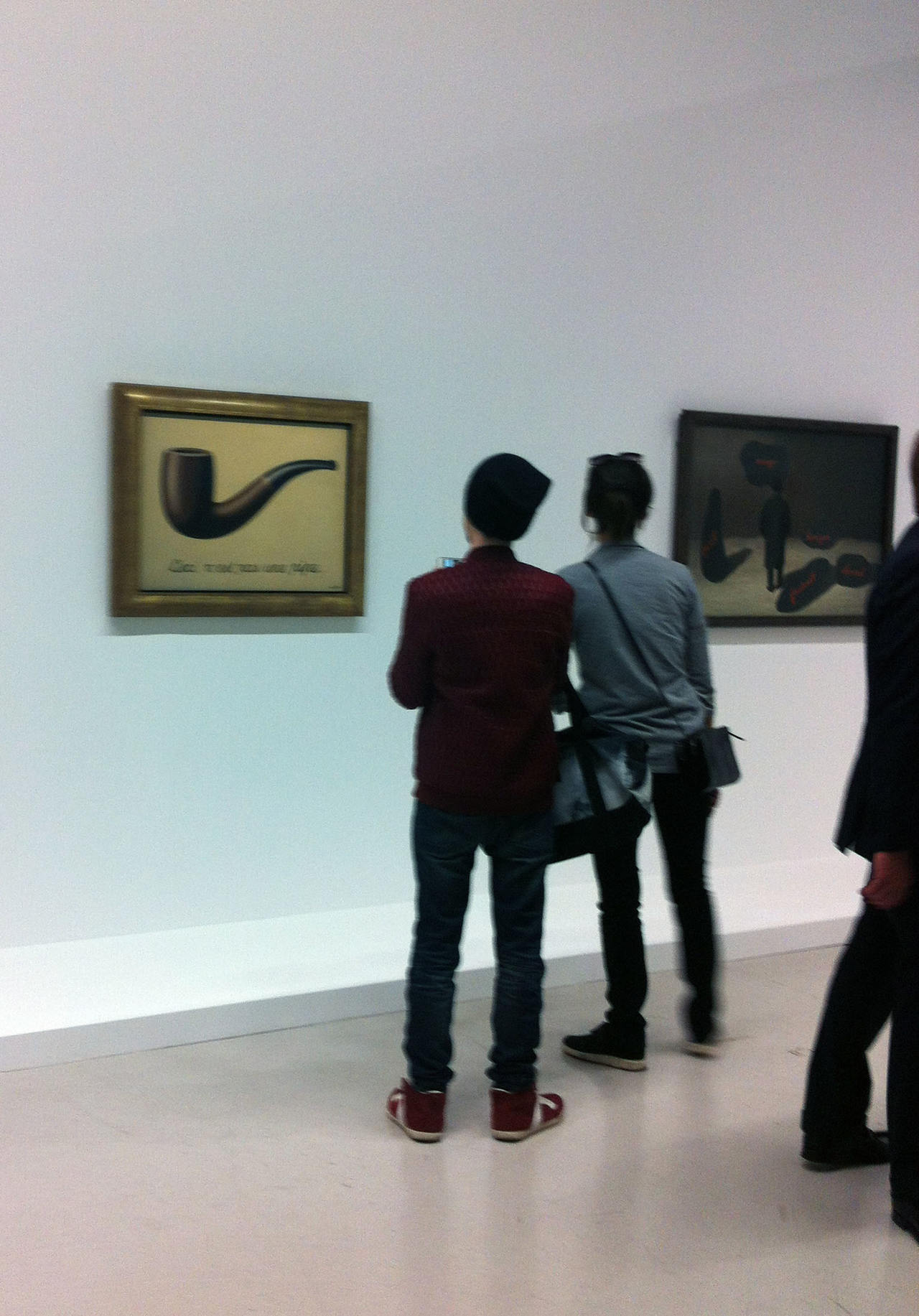
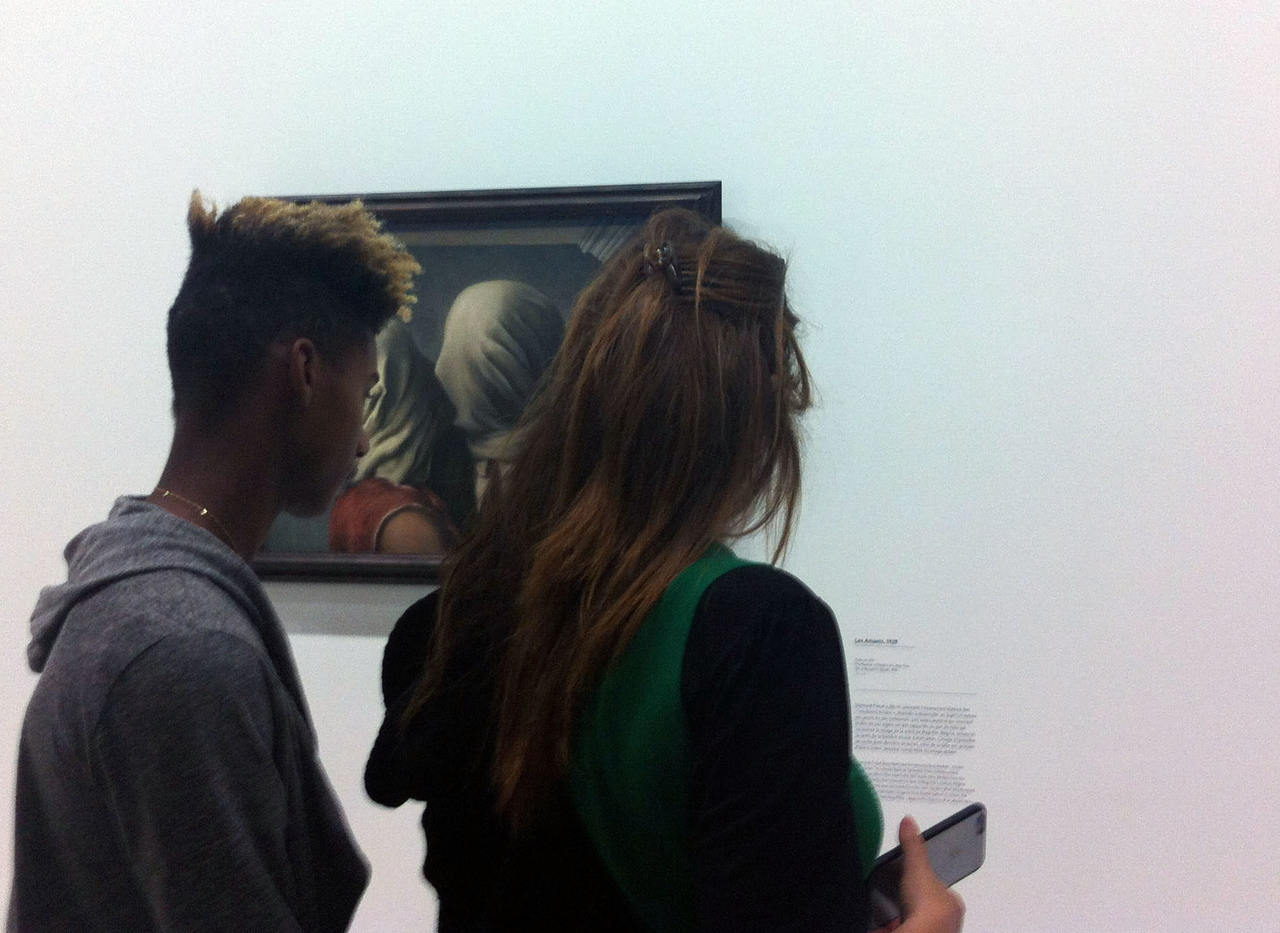
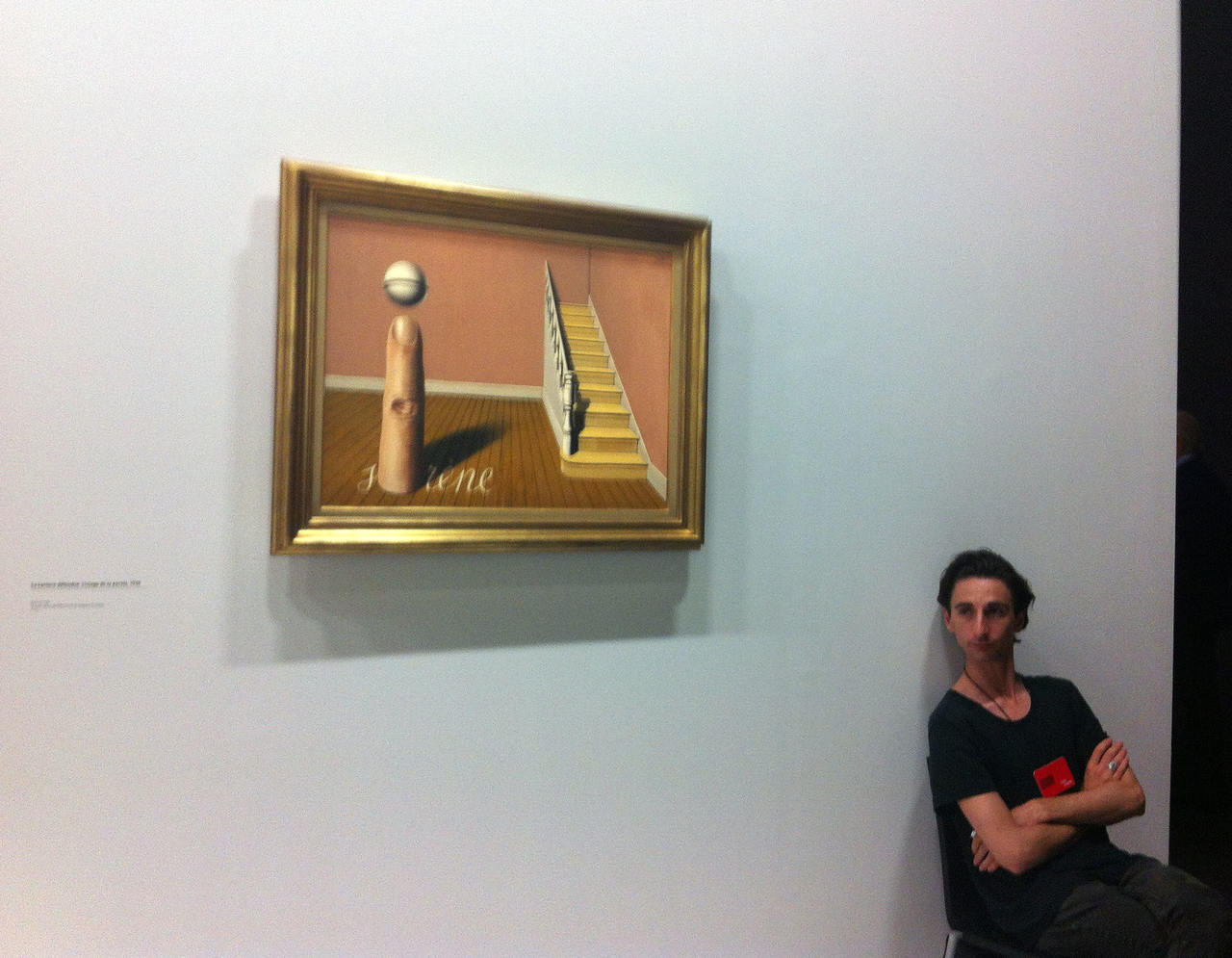
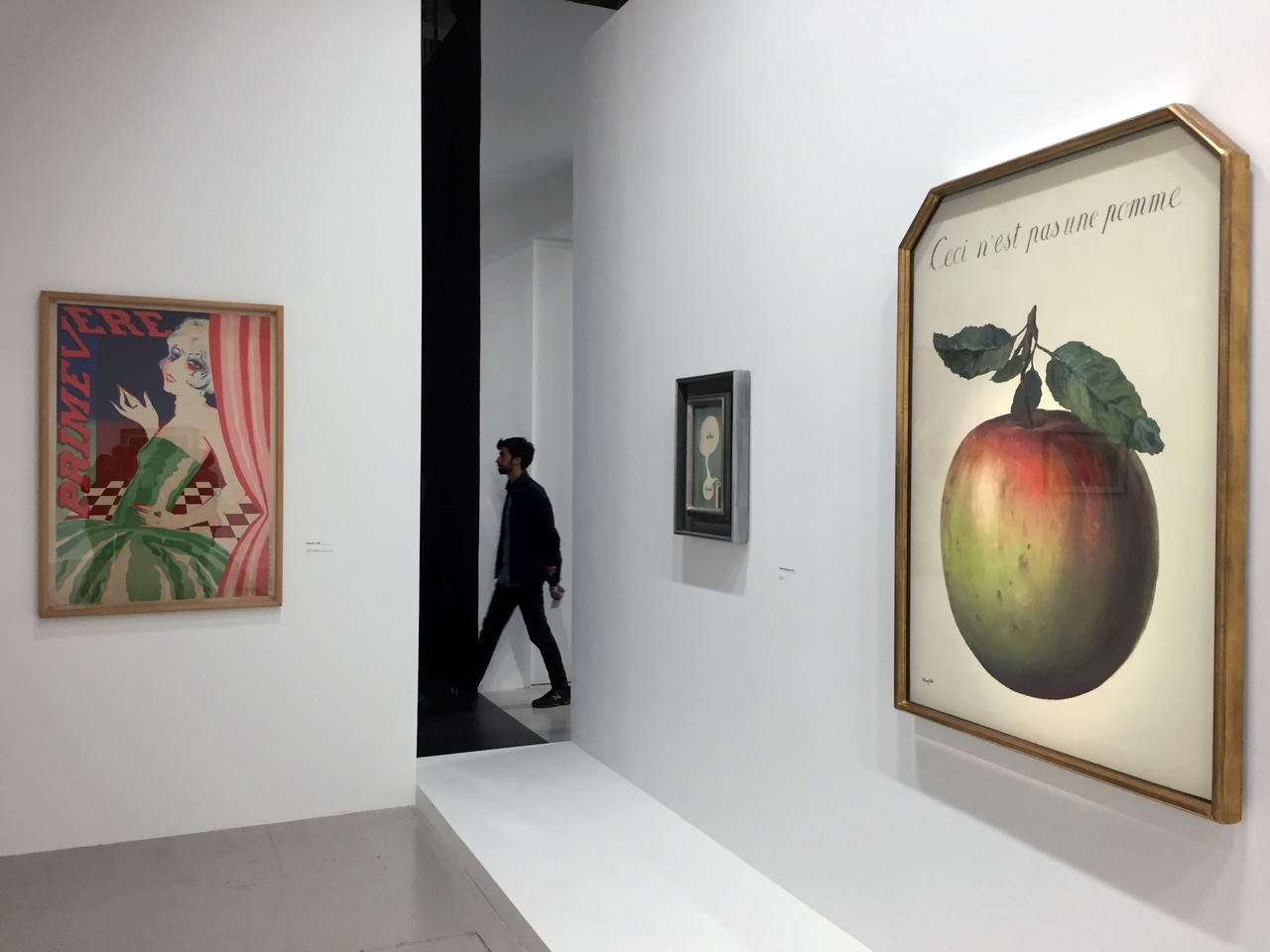
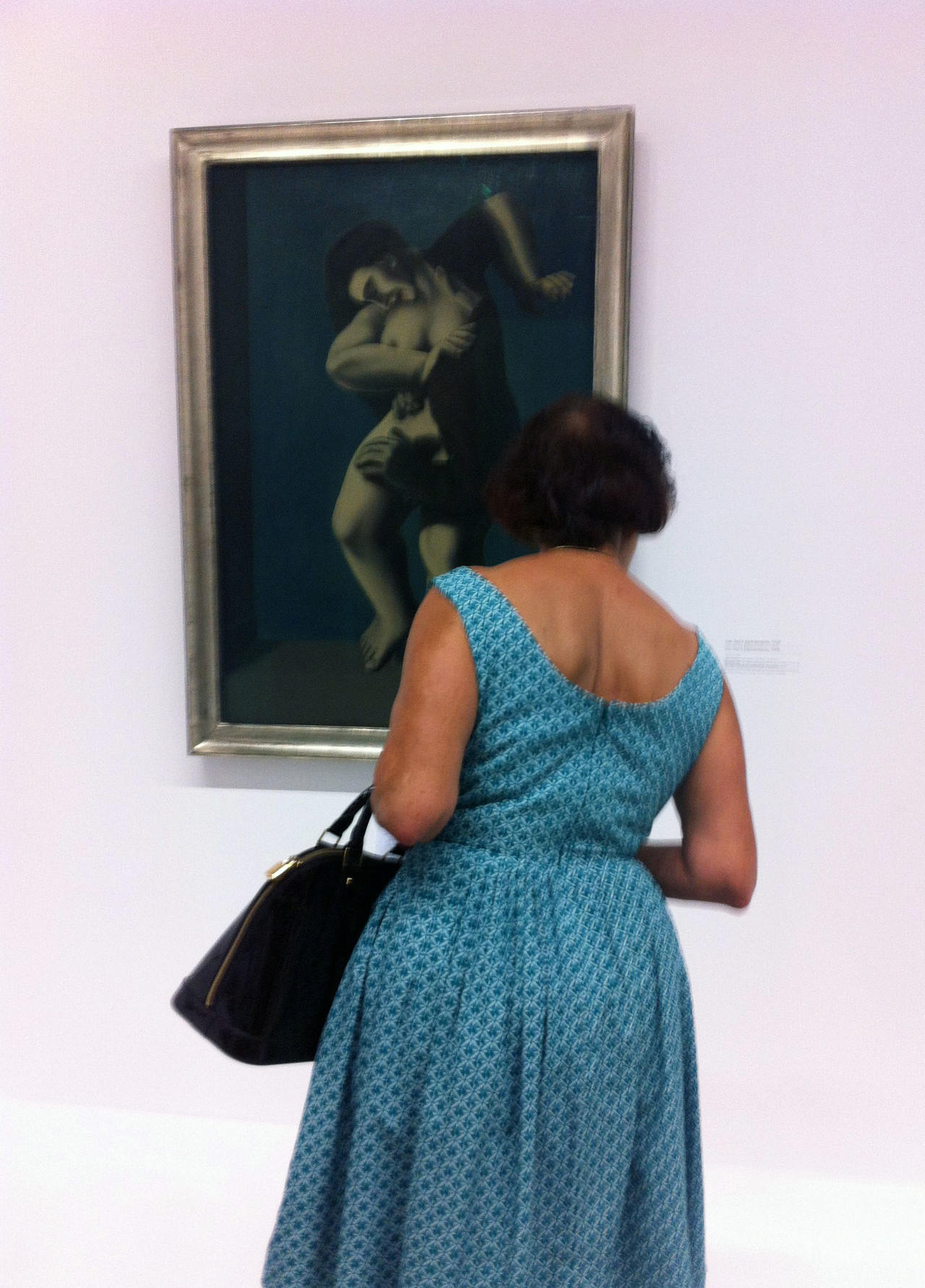


5 questions for Mary Messhausen and proddy produzentin
With the performance "Thonk piece: Hungry for Stains", drag queens Mary Messhausen and proddy produzentin will open the exhibition COSIMA VON BONIN....

HIP HOP IS BLACK CULTURE – NOT THE OTHER WAY AROUND
Hip hop’s 50th birthday is an occasion for us to listen to some old records and mixed tapes and to look back at the most important hip hop films of...

Now at the SCHIRN:COSIMA VON BONIN
The SCHIRN is showing a unique presentation of new and well-known works by COSIMA VON BONIN until June 9.

SHALLOW LAKES – plumbing the depths
In the SCHIRN’s rotunda, MELIKE KARA is presenting a series of sculptures that are reminiscent of bodies of water or small lakes. So, what’s this...

When subculture becomes mainstream – a balancing act
Regardless of whether it is hip hop, techno, or the queer scene: It is not unusual for the aesthetics of countercultures and subcultures to morph into...

Now at the SCHIRN: THE CULTURE: HIP HOP AND CONTEMPORARY ART IN THE 21ST CENTURY
Coinciding with the 50th anniversary of the birth of hip hop, the SCHIRN dedicates a major interdisciplinary exhibition to hip hop’s profound...